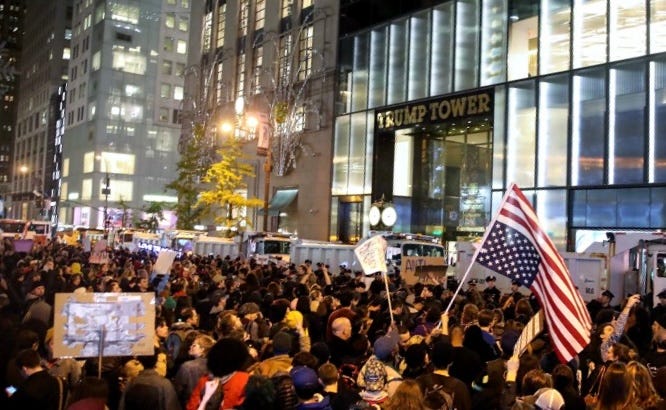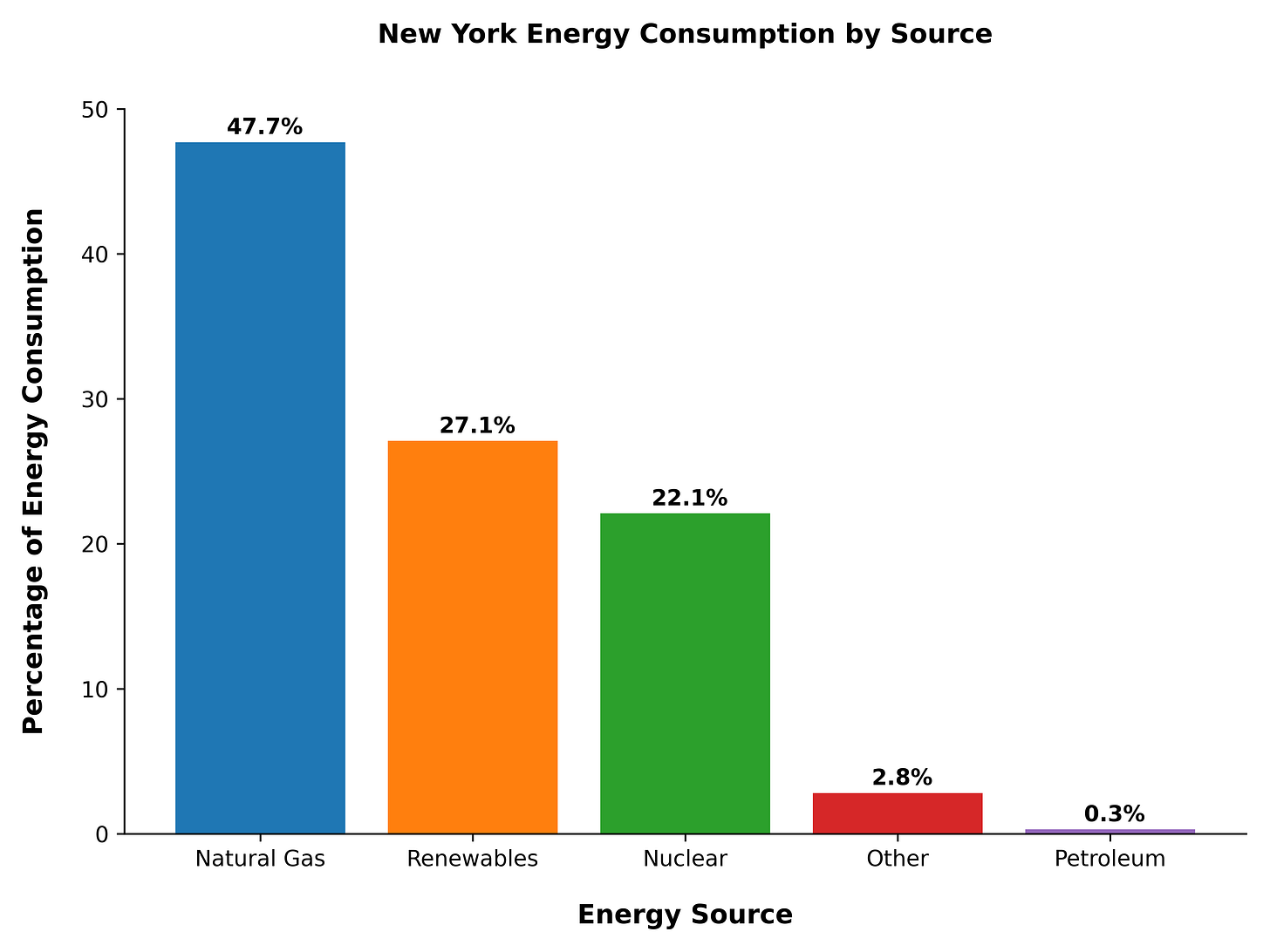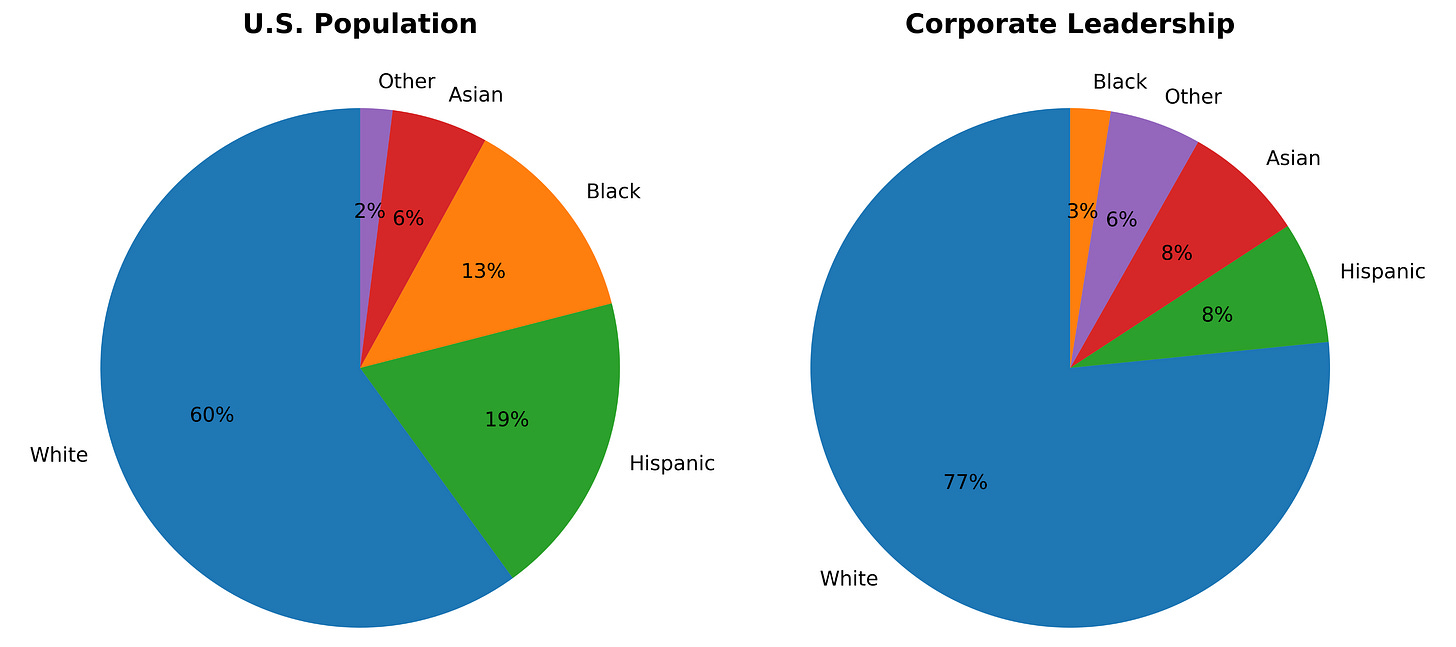Five Major Changes New York City Should Prepare for Under the New Administration
New York City faces a direct collision with the new White House agenda and the stakes have never been higher. Here’s how the federal agenda could reshape life in the nation’s largest city.
As a new president takes office, New York City braces for a series of policy shifts that could profoundly affect its social, economic and infrastructural landscape. The city’s status as a global hub for finance, trade and immigration, puts it at the forefront of federal policy debate and changes.
Immigration Enforcement
About 40% of New York’s population is immigrant. Over 500,000 of those immigrants are undocumented, the highest population of any U.S city, contributing to industries like hospitality, construction and services.
The Trump administration has signaled a robust approach to immigration enforcement, with plans to conduct extensive Immigration and Customs Enforcement (ICE) operations targeting undocumented individuals in major urban centers, including New York City. These operations are expected to commence shortly after the inauguration, focusing on sanctuary cities that limit cooperation with federal immigration authorities. Reports indicate that ICE is preparing to increase arrests in these areas, aiming to detain and deport individuals without legal status.
The administration's stance includes proposals to withhold federal funding from sanctuary cities that do not comply with federal immigration enforcement efforts. Such measures could have significant financial implications for New York City, affecting budgets for various public services. City officials are assessing the potential impact and exploring strategies to mitigate any adverse effects on essential services and programs.
In anticipation of heightened enforcement, immigrant communities and advocacy groups in New York City are mobilizing to provide support and resources. Organizations are conducting "know your rights" workshops and establishing legal assistance programs to aid those potentially affected by the new policies. The city is also investing in legal services to support immigrants, reflecting a proactive stance in safeguarding residents' rights amidst the anticipated federal actions.
Economic Policy and Tariffs
New York’s economy is valued at $1.5 trillion, one of the richest cities in the world and certainly the richest in the United States. The city’s economy relies heavily on global trade and financial markets.
President Trump has indicated plans to implement new tariffs on imports from countries including China, Mexico and Canada. A broad trade memorandum is expected to be issued, directing federal agencies to evaluate U.S. trade relationships. The anticipation of these tariffs has already introduced uncertainty in financial markets, with the S&P 500 experiencing volatility as investors assess the potential impact on various sectors.
The construction industry in New York City could be significantly affected by the proposed tariffs, especially those on imported materials like steel and aluminum. Increased costs for these essential materials may lead to higher expenses for construction projects, potentially delaying or halting developments, even those for affordable housing.
New York City's status as a global financial hub means that it’s particularly sensitive to trade policies. The proposed tariffs could lead to retaliatory measures from trade partners, creating instability in financial markets. While some local businesses may benefits, immediate price increases are expected which could dampen consumer spending, affecting the profitability of small businesses and the broader retail market.
Challenges to Renewable Energy Projects
New York has set ambitious targets to achieve 70% renewable energy by 2030 and 100% zero-emissions electricity by 2040, with offshore wind playing a crucial role.
President Trump has expressed intentions to halt offshore wind energy projects, assigning Representative Jeff Van Drew to draft an executive order to suspend such developments along the East Coast. The suspension of offshore wind projects may have economic repercussions, including the potential loss of investments and job opportunities in the renewable energy sector.
French energy company TotalEnergies SE paused its $4.4 billion offshore wind farm project near the New York-New Jersey coast following Trump's election victory, citing anticipated regulatory challenges. Such decisions could lead to job losses and hinder economic growth associated with the renewable energy industry in the region.
The administration's focus on maximizing fossil fuel production and reducing support for renewable energy marks a significant shift in federal energy policy. The anticipated federal actions introduce legal and regulatory uncertainties for ongoing and planned renewable energy projects. This uncertainty could deter future investments in the renewable energy sector, affecting long-term sustainability efforts in New York and beyond.
Rollback of Diversity Initiatives
New York City’s corporate culture includes some of the most comprehensive diversity, equity and inclusion (DEI) programs, with 53% of Fortune 500 companies headquartered in the city.
Trump’s executive order to eliminate federal DEI programs and scrutinize funding for organizations with DEI efforts could pressure NYC-based corporations to scale back such initiatives. Companies like Walmart and Ford have already begun retracting DEI-related efforts, reflecting a broader trend influenced by the political climate and the administration's policies.
On his first day in office, President Trump signed an executive order to eliminate all DEI initiatives within the federal government. This directive mandates the Office of Management and Budget (OMB) and the Office of Personnel Management (OPM) to identify and dismantle DEI-related programs across federal agencies. The administration frames this action as a return to a merit-based system, asserting that such programs are unnecessary and divisive.
The rollback of DEI programs is anticipated to prompt legal challenges and public debate. Advocacy groups and civil rights organizations in New York City are likely to contest these federal actions, arguing that they undermine efforts to promote diversity and address systemic inequalities.
Congestion Pricing Under Fire
Since its implementation, the congestion pricing program has led to a 7.5% reduction in traffic within the designated zone, with approximately 273,000 fewer cars entering the area. The initiative aims to generate $500 million in its first year, supporting $15 billion in mass transit improvements.
President Trump has consistently opposed New York City's congestion pricing initiative. In a meeting with New York Republican representatives, including Nicole Malliotakis and Mike Lawler, Trump expressed his intent to "kill" the congestion pricing plan, aligning with his earlier promises to terminate the program upon taking office.
The Trump administration may employ federal authority to impede the program. Options include directing the U.S. Department of Transportation to revoke federal approvals necessary for the program's operation or to mandate additional environmental reviews, effectively stalling its progress. Such federal interventions could dismantle the congestion pricing initiative altogether.
While New York City's congestion pricing program has demonstrated early successes in reducing traffic and generating revenue for public transit, it now faces significant challenges under the new federal administration and broader political dynamics.
Conclusion
New York City has long been defined by its resilience and adaptability, facing countless challenges throughout its history. As the new administration begins pushing its agenda, the city’s future depends on its ability to confront these policies head-on.
Whether through advocacy, legal action or innovation, New Yorkers have a track record of rising to the occasion. While the road ahead may bring obstacles, it also presents opportunities to reaffirm the city’s core values of inclusion, sustainability and ingenuity. In the face of these massive changes, New York’s unwavering spirit remains its greatest strength.







